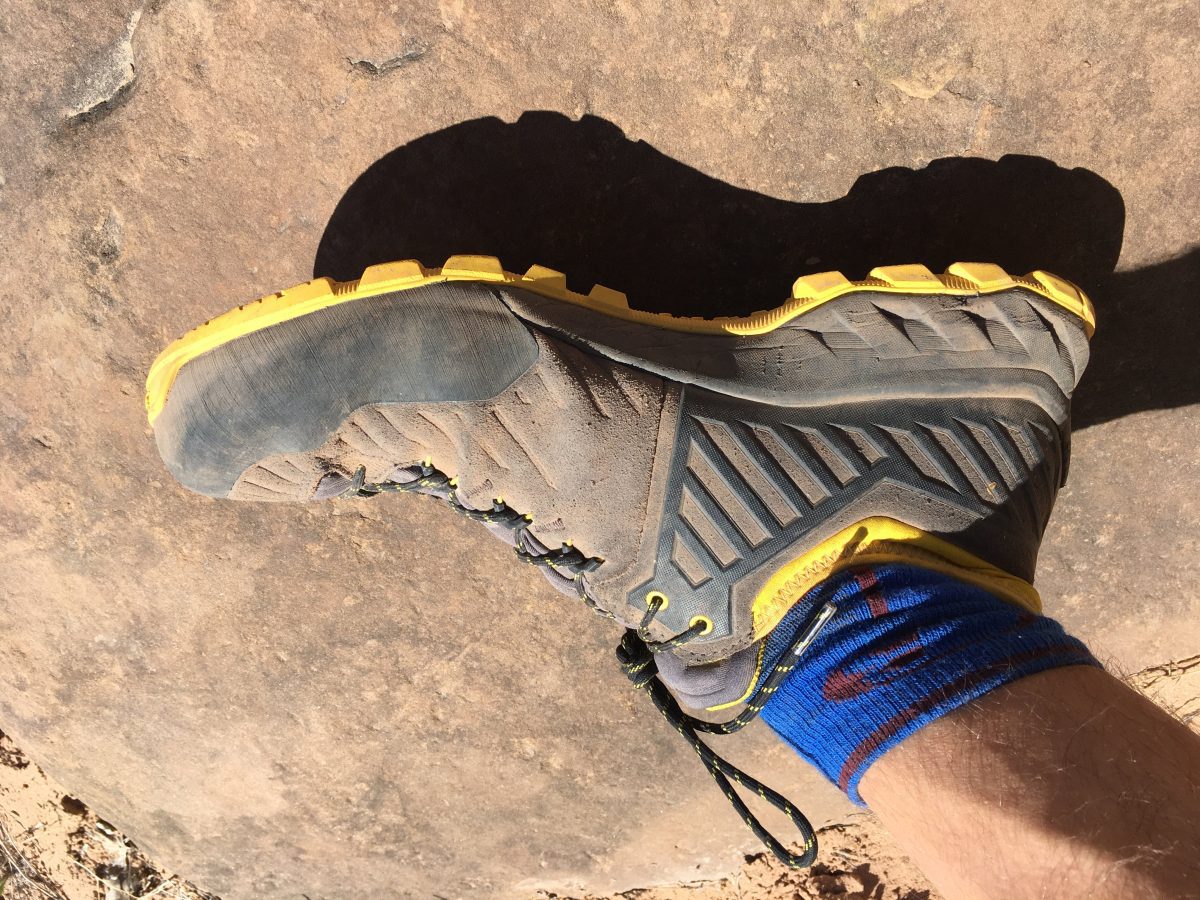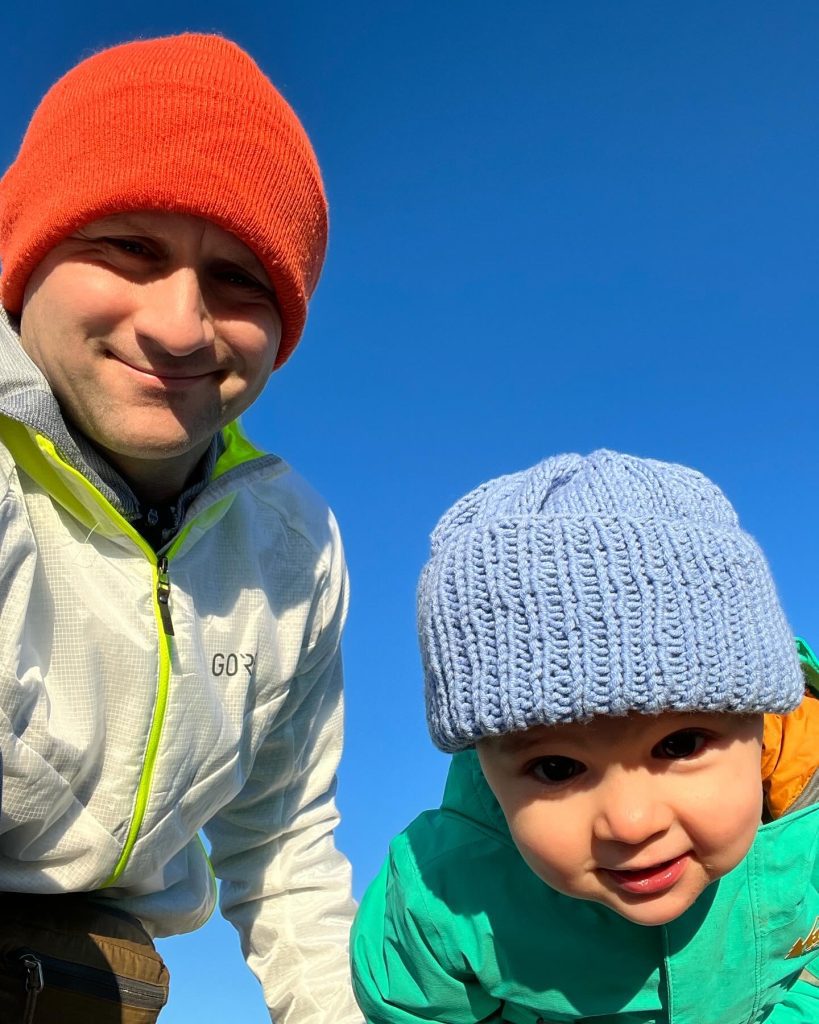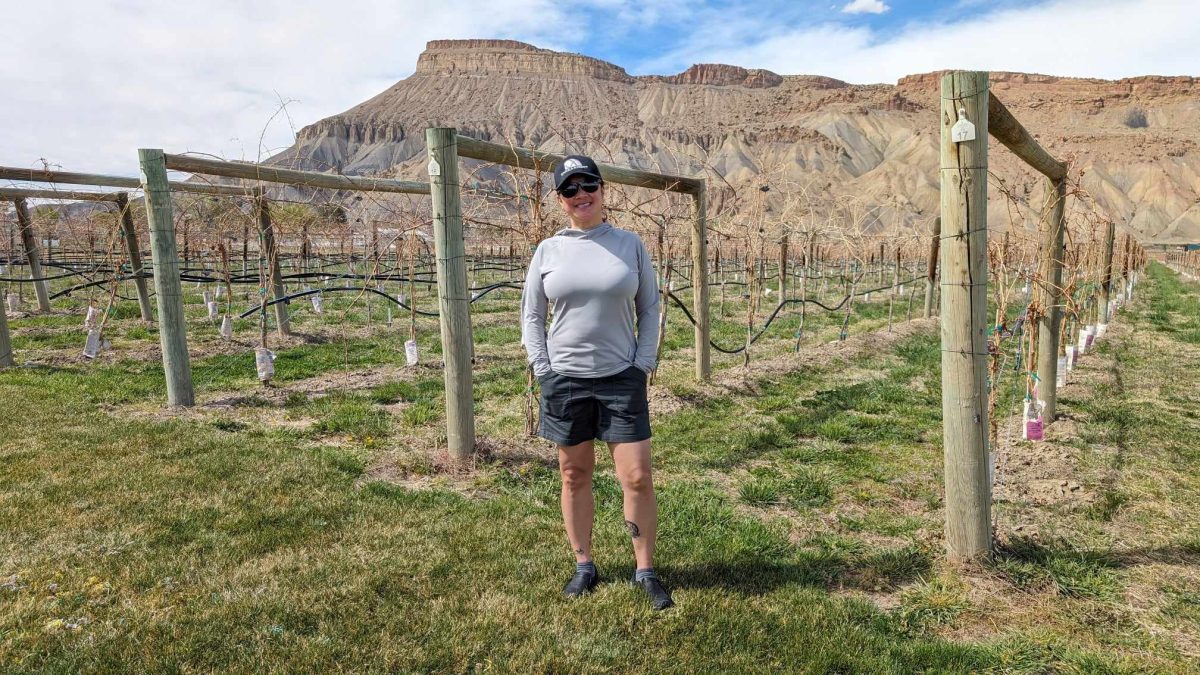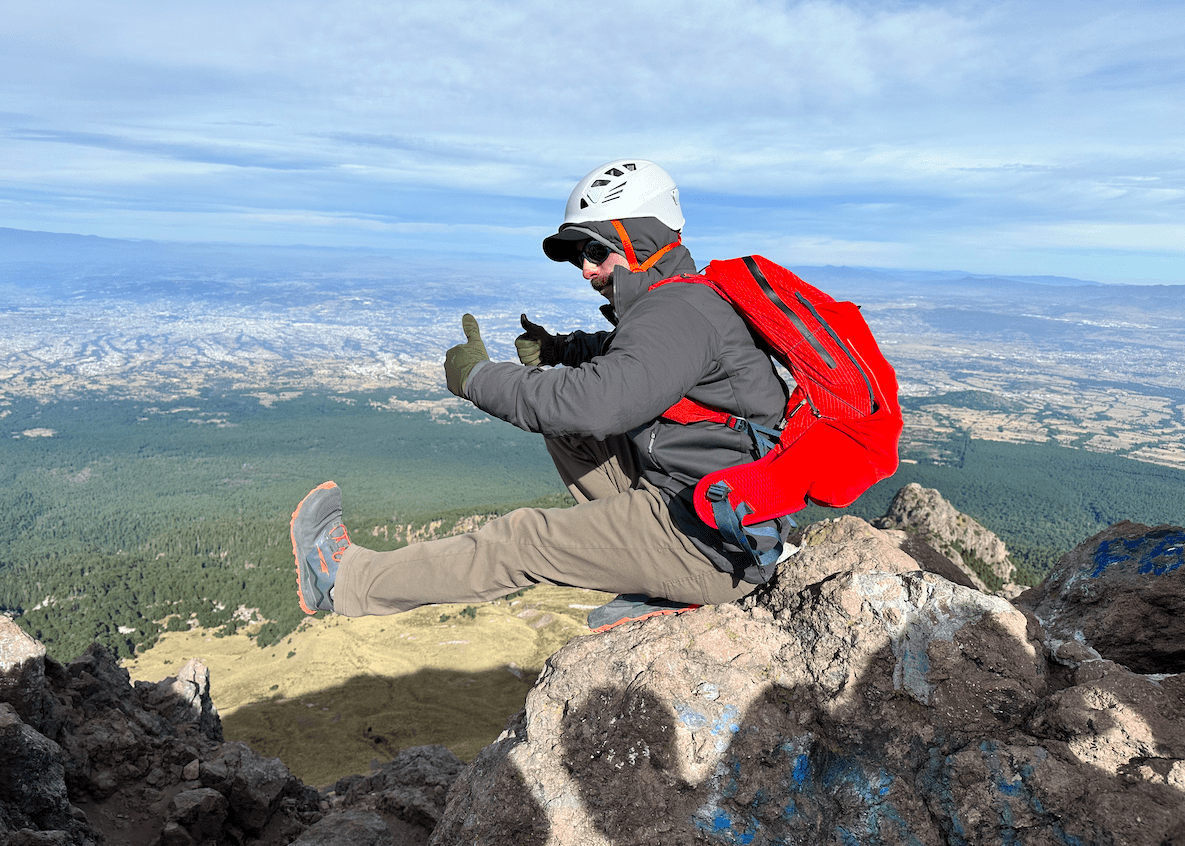Mammut Alnasca II Low Gore-Tex Men’s Approach Shoes
Austen Beason
Many approach shoes today I feel miss the mark on what makes a good, true approach shoe. That’s not saying there aren’t several great shoes available (I’m sure we can all name our favorites), however, there seems to be a trend of poaching the “approach” shoe title for the sake of marketing. Some are not much more than slightly bulky climbing shoes, with barely treaded soles and ultra-low profiles, while many others are really just town-going tennis shoes with some outdoorsy looking material to help them fake the approach shoe style.

The Mammut Alnasca II Low Gore-Tex Approach shoes $139 I feel get back to the true function of a good approach shoe – by bridging the gap between big, burly hiking boots meant for pounding out miles, and footwear that can handle steeper, semi-technical rock that doesn’t quite warrant donning full rock shoes. In my testing of the Alnascas, I put on a little over 60 miles around the west slope of Colorado, with several days of simple trail hiking, a few extended off-route adventures, and a fair amount of 4th and easy 5th class climbing.
Let’s start with their fit. I found the Alnasca’s fit fairly true to street size as I am typically a US men’s 12 and that’s what I’m comfortably wearing in the Alnascas. That being said, I feel I have narrower feet and these don’t feel loose like many other brands do for similar sizing, so I’d say that the Alnascas probably fit narrower feet better and might not be as nice out of the box for wider feet.

They also come with a pretty nice, removable insole that I left in, but could be taken out if you need a little more space/volume. Overall, the fit is very sleek and low-profile, common to most technical-rock leaning approach shoes, however, it was also apparent just standing around at home that there is quite a bit of extra heel support built-in for padding out the miles leading up to the technical stuff, with a slightly more flexible toe box for more sensitive rock control.
Outside and in action is, of course, what really makes the Alnascas stand out. Scrambling around and off-trail pursuits felt very natural and nimble due to their low weight and profile, as well as the progressive toe flex. I could smear up slabs wonderfully, hold an edge when I needed, and even jam pretty well due to the low profile in the toe box combined with a wrapped rubber toe cap.
The tread on the Alnascas is a bit more aggressive I think than many other similar approach shoes, using a Michelin Rock Tech II sole in combination with Michelins’ OCX Approach Rubber. Ya, you read that right, the better known for tires company Michelin is in the approach shoe game, and as it turns out they’re really good at it too.
Anyways, the more aggressive Michelin tread and rubber gave a lot of confidence off-trail, side-hilling, moving up/down steep grass and dirt; some of my past approach shoes with more rock climbing style tread (dot-sole) can be very scary on steep grass, acting more like skis than traction. It was nice to feel in control on all terrain, not just rock. The one thing I do think the Alnascas are really lacking as an approach shoe though is a carabiner attachment point for clipping them to a harness or backpack. I think you could punch a hole through the yellow heel cup, but that would feel a little wrong.

It’s not all about the steep stuff though. Unless you’re spending a lot of time somewhere like Chamonix, you’ll probably need to hoof it a little ways before you get to the technical stuff, I was impressed with how the Alnascas handled the trail time. The extra heel padding paid off a couple of long days preventing more aches than were already coming my way, and I definitely think a lot of effort is saved over a day of marching due to their lighter weight so you’re picking up less shoe with each step.
Additionally, between the Gore-Tex uppers and the honey-comb insole, the Alnascas breath nicely and shed extra heat well, which has been appreciated on my desert escapades. On the Gore-Tex note, though I never got too carried away with testing the waterproofing as low-cut shoes just simply have limits on how splashy I’m willing to get with them, I did think they appropriately handled the several light stream crossings/hoppings and muddy spots I came across and kept my feet dry.

All that being said, I did have two wear/rub spots that would start to bother me after about 8-10 miles in a day. The lacing on the Alnasca is attached via their Base Fit system, which uses webbing to transfer power from the lacing directly to the sole, which is a cool concept and adds a lot of integrity to the whole shoe. However, when I’d cinch up the lacing, the webbing that connects the lace eyelets to the sole would become taught and create or sort of rib-like structure inside the shoe that would rub my pinky toes raw over a long day.
I was able to smooth this out with a little tape padding inside the shoe over the webbing rib and by loosening the lacing some, but it would be cool to see this worked out a little cleaner in the shoe’s design. The second rub spot was just on my right malleolus (the bony protrusion on the side of your ankles), which was annoying but I think maybe is a more unique-to-me thing being only problematic to the one foot. I think the take away here is for pure, long trail marches a burlier hiking boot may still be the better solution.

As for durability, the Alnascas have impressed so far. Again, I have about 60 miles of mixed trail, off-trail, and scrambling put into these, which is by means extraordinary, however, I think that’s enough to start to see how most shoes will wear. So far, they are holding up great with just a few nicks along the sides of the foam insole layer, and one section of lacing that’s getting close to blowing out.
Aside from some dirt discoloration, the tread is looking solid, and the uppers are nearly new, a solid testament to their built-in burliness. I would like to get more dedicated climbing time in these to really see how the uppers hold up to that unique abuse.
Here is my verdict. The Mammut Alnasca II Low Gore-Tex is a great, low-cut shoe that holds true to the ‘approach’ niche by functioning just as well on the semi-technical, not-quite rock shoe terrain as it does on the miles of trail leading up to the day’s objective. Versatility and confidence in a variety of terrains is where the Alnasca shines. If you’re looking for something to excel on long alpine ridges, exploring rugged desert canyon, or just a lightweight everyday hiker, the Alnasca might be what you’re looking for.
Austen Beason

A transplant of the Midwest, Austen immigrated to the promised land of western Colorado in 2012 in search of good climbing, deep snow, quality rivers, and a college degree when his goofing off allowed. He learned pretty quick the difference quality gear can make on the outcome of a day (or days) in the mountains and began looking for the best gear to abuse.

In the summer Austen is an avid whitewater kayaker, bouncing his boat down the steep, rocky waterways of Colorado, trad climber in search of the route less traveled, and works as a federal river ranger along the Gunnison River. During the winter Austen spends his time telemarking around the backcountry of western Colorado and working as a ski patroller up on the continental divide.

Austen says, “A hundred days of skiing and paddling each per year and you’ll figure out what is wrong or right with your equipment, especially when your lively-hood depends on it.” Austen also has his American Avalanche Association Professional Level 1 avalanche certification, EMT-B, and ACA swift-water rescue cert, as well as a member of the Search and Rescue team in Gunnison County for 6 years.






Leave a Reply